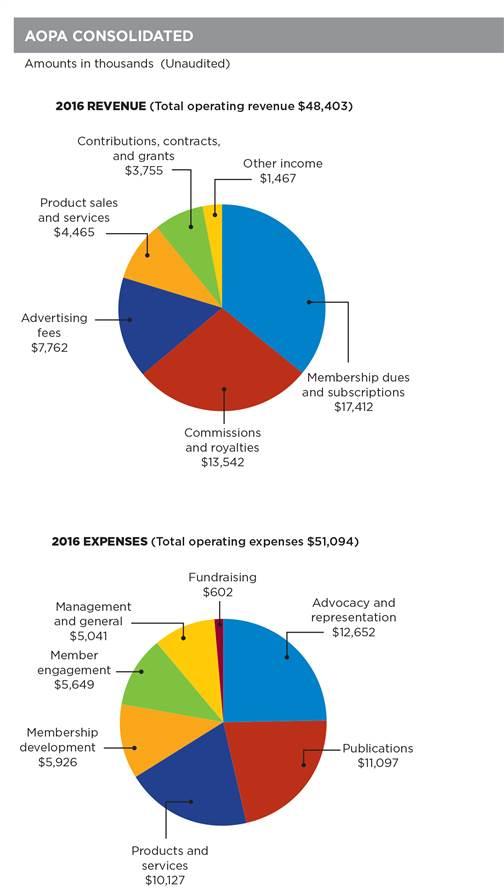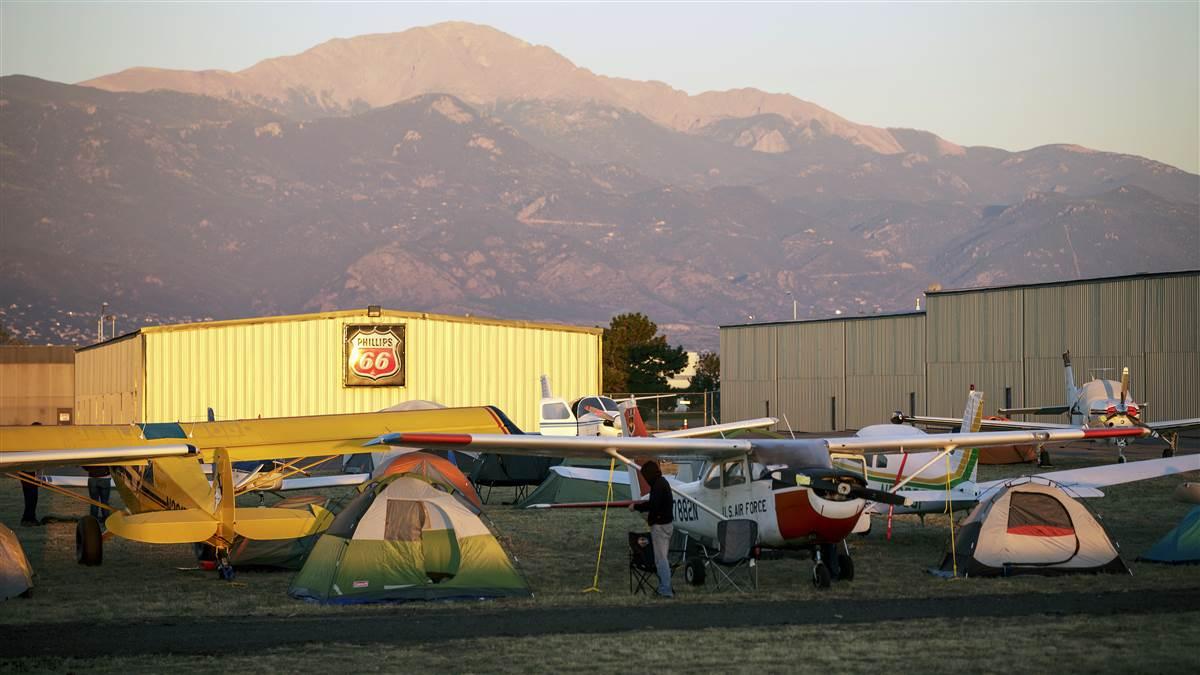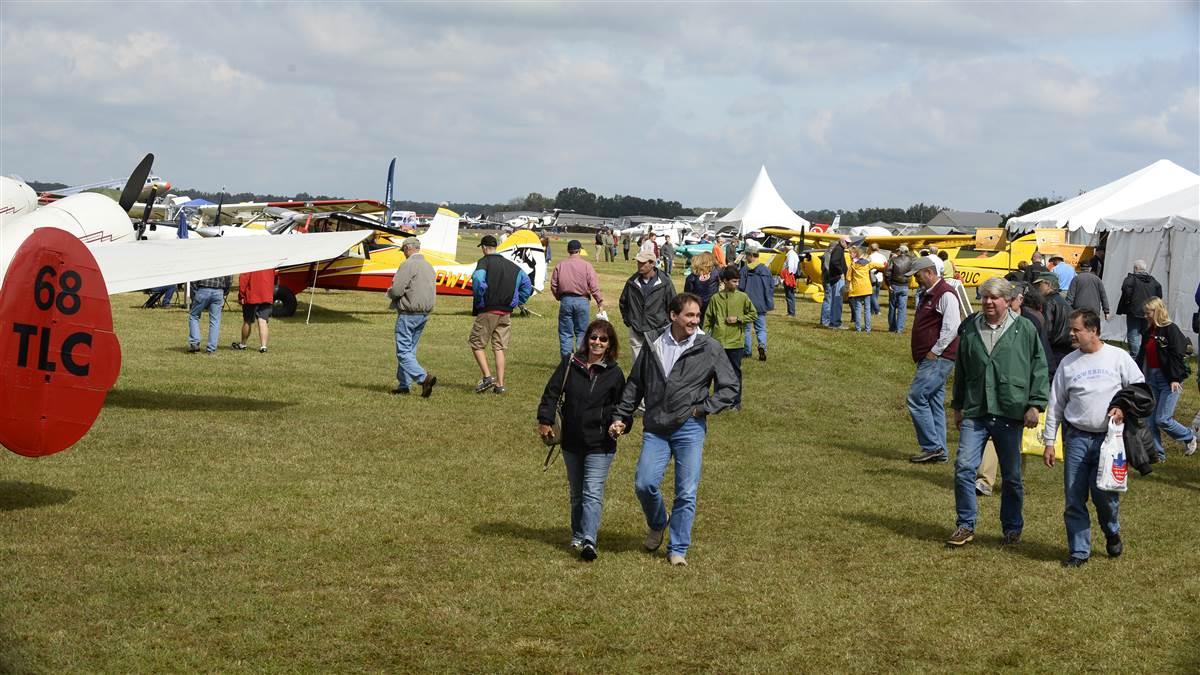AOPA Annual Report: For the Win
AOPA builds on its success to offer members more value than ever before
AOPA was founded 78 years ago on the principles of keeping general aviation accessible and affordable. While the challenges have evolved, the mission remains the same: Ensure the future of general aviation by keeping flying safe, fun, and accessible to all. Today AOPA's agenda is focused on the heart of these issues.

Here, we sit down with AOPA President and CEO Mark Baker to discuss his priorities for AOPA, what he sees as the most important wins over the past few years, and his vision for AOPA and general aviation.
 AOPA Pilot: What are the top three priorities for AOPA this year?
AOPA Pilot: What are the top three priorities for AOPA this year?
Mark Baker: First, making sure BasicMed comes off as it was signed into law last year. I’m excited for the shot in the arm that it will bring to general aviation. Two, we have to be very diligent for air traffic privatization and what it can mean for user fees and access. I believe the political process will be bogged down as it has been for the past 25 years. But we have to be very vigilant in that regard. And third, I’ve been concerned lately with some of the costs in aviation as it relates to a few FBO providers where they are a single-source provider and costs skyrocket. We have to be in a place to challenge that. We are going to spend some resources and time to protect access and lower costs for aviation. And I’m going to add one more: the future of the growth of aviation. It’s what we call You Can Fly.
AOPA Pilot: When you came to AOPA in late 2013, third class medical reform was stalled. When did you decide to change direction and work toward a legislative solution?
MB: I believe the FAA was getting close to doing it themselves. But they couldn’t finish it. I call it the mud in the middle. And it couldn’t move. My frustration peaked about three years ago. We had just hired Jim Coon to lead that effort. He was a career guy working on Capitol Hill and was very connected. We worked together to come up with the strategy to work it legislatively. We became very committed. And by the way, there’s risk when you commit to something where you don’t control all the outcomes. You talk to everyone in Congress to try to get them onboard. Frankly, it was a big win to get that done. We should all be proud as members because the hundreds of thousands of communications to the members of Congress made a difference.
AOPA Pilot: Are you pleased with what was ultimately passed and put into law?
MB: The initial strategy included a basic driver’s license medical. Trying to educate 535 members of Congress on that was too much. Once we understood that simply wasn’t going to happen, the strategy then became to make a big ask. Did I think we would ever get five passengers, IFR, and everything else? We put those in as negotiating room and got it all!
 AOPA Pilot: Who will benefit the most from BasicMed?
AOPA Pilot: Who will benefit the most from BasicMed?
MB: Pilots who are or have had been encumbered by special issuance have really won.
AOPA Pilot: What do you think the impact will be on the pilot community?
MB: My guess is that there will be tens of thousands who come back. There are about 300,000 pilots under age 75 on the sidelines. If just 10 percent come back that’s 30,000 aviators. That’s a big shot in the arm.
AOPA Pilot: What are the biggest risks related to ATC privatization?
MB: Privatization is a toxic word. But we should be adults and acknowledge that we’ve been doing the FAA thing for 60 years and are expecting a different result. Are there costs that could come out or technology that could go faster? I sit on the NextGen Advisory Board. As part of that we set priorities and timelines and the FAA generally responds well. I’m a fan of the way the current system is working.
AOPA Pilot: Is stable funding for the FAA a concern, as some in Congress would lead us to believe?
MB: It’s not about stable funding. It’s about the correct amount of funding, and the FAA has always gotten what it needs from Congress. I do think potentially there could be a way to look at longer-term funding. The start-stop of funding extensions makes it really hard to plan. As the largest and safest system in the world we shouldn’t be looking to smaller countries for examples. Of the 60 or so countries that have privatized I don’t think any of them are doing better in general aviation or business aviation. AOPA will spend its resources to make sure general aviation and business aviation don’t go back to the stone age.

 AOPA Pilot: Why is the FBO fees issue important for AOPA?
AOPA Pilot: Why is the FBO fees issue important for AOPA?
MB: FBO consolidation has been rampant in the past few years. We’ve seen reports from members of hundreds of dollars to drop off a passenger and other outrageous fees. This is not the way the system was built. There are a few bad operators. The discriminatory practice is concerning. These are public-use airports. They are meant to be accessed by everybody. The FAA has a responsibility to ensure nondiscriminatory practices. I just don’t think they’ve been very aware or very active. We’ve made them very aware. I hope to see action. But if they don’t, then we’ll go to the Department of Justice or the Department of Transportation Inspector General.
AOPA Pilot: You’ve met with the FAA’s airport office and briefed FAA Administrator Michael Heurta on this issue. What’s the next step?
MB: Members should continue to report unfair pricing online (www.aopa.org/fbofees). One of the first things I want to do is publish a list of public parking areas at these airports. Spots where you don’t need to use the FBO or pay ramp fees.
AOPA Pilot: What’s been the evolution of your thinking on the issue of the pilot population?
MB: There are a lot of issues in aviation but the number one thing I worry about is 10, 20, or 30 years from now if general aviation still has a robust place in America. But I look at our numbers and realize we don’t have to boil the ocean. Another 15,000 pilots a year can get us there, and that’s a solvable number. I think we have a real shot this time at changing the outcome.
AOPA Pilot: How does your business background shape the way you approach your role?
MB: It’s a lot more alike than different. You have to find long-term ways to sustain the company. I think the value proposition of a retail situation is germane to the member experience. If a member doesn’t see the value, we’ll lose them. And we serve them first. So that’s important. We’ve done a lot to increase member value, from fly-ins to third class medical reform
AOPA Pilot: What does the future look like with non-TSO avionics?
MB: We’re at the beginning of a huge movement to take cost out of panel upgrades while providing unbelievable situational awareness and safety improvements that are going to be phenomenal—at prices that couldn’t even be imagined a couple of years ago. As an organization we’ve said, “Why not?” We could not do this without the FAA and they couldn’t do this without us. I think that’s a little bit of the business acumen. Don’t just have a conversation. Measure by what you did, not what you talked about.
AOPA Pilot: Where will AOPA be in five years?
MB: I think the organization will be fully evolved into the You Can Fly program. Take the high school program. If we get 10 percent of all high schools to get an aviation program, that’s 2,500 schools and thousands of pilots. We have 800 flying clubs in our network today. That can be three times higher. That’s a bridge pretty far but we can solve it.
AOPA Pilot: What’s your favorite airplane?
MB: My Super Cub. I’ll never sell it. I really like the idea of pushing an airplane out, preflighting for 15 minutes, taking off, and burning 7 or 8 gallons of gas with no particular place to go. Or take someone for their first ride. You don’t have to have a destination. I like to just go for a ride.



